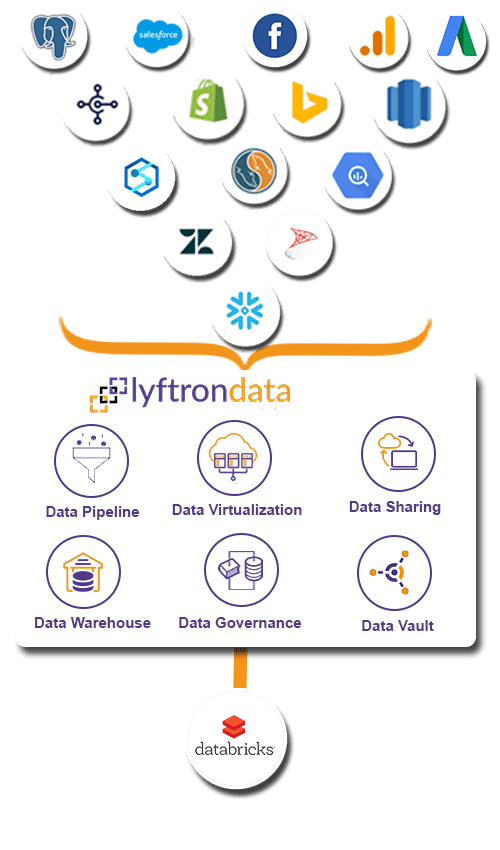4 Simple Steps for Migrating to
Databrick with zero coding


Create connections
between data
sources and Databrick


Prepare a source to the Databrick pipeline by selecting tables in bulk


Assemble a workflow and schedule it to start the Databrick migration process

Share your data
with third-party platforms
over API Hub








